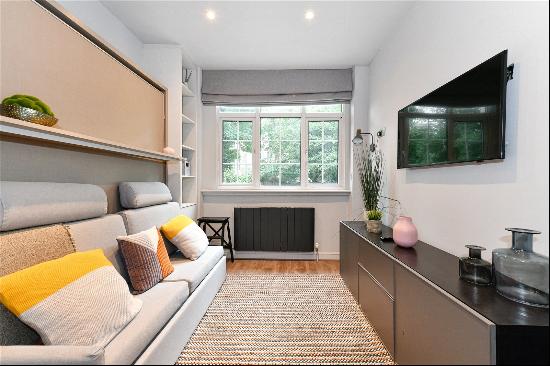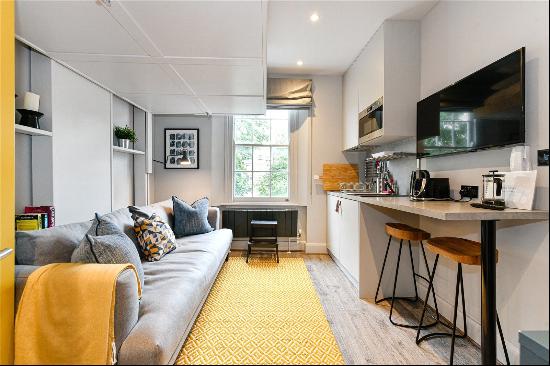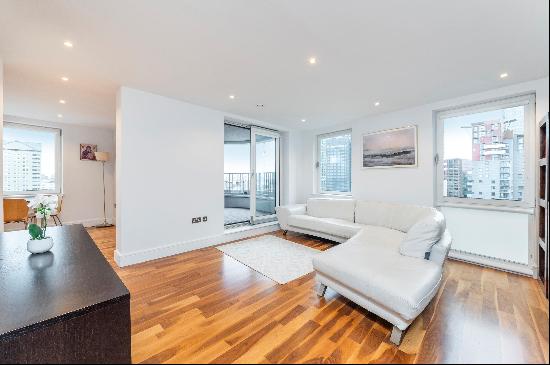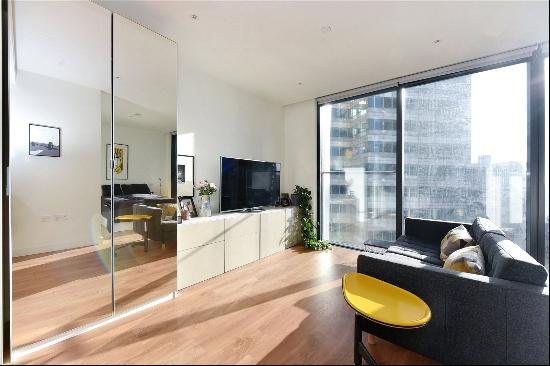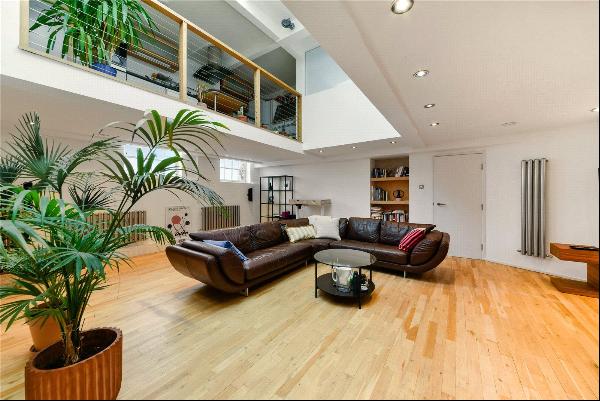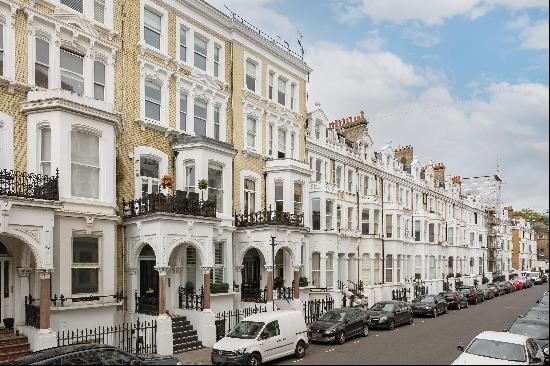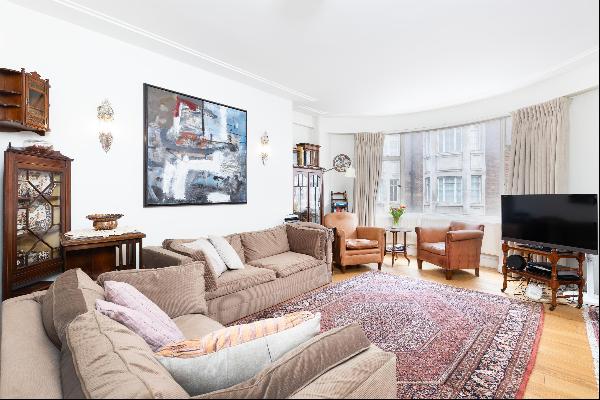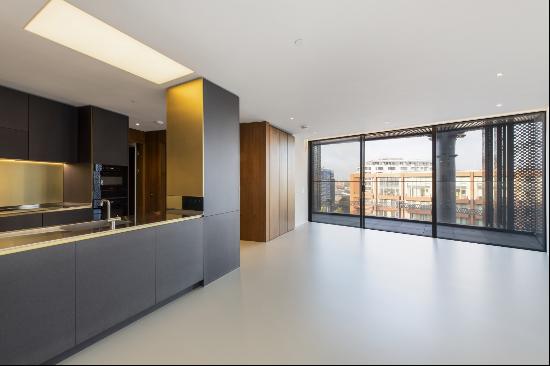
By Edwin Heathcote
There was a time when the Clerkenwell loft looked like the ultimate in urban living. From the 1980s, architects and designers began redeveloping the huge former workshops, printing houses, warehouses and one-time butchers’ shops, making Clerkenwell London’s answer to the loft apartments in SoHo in Manhattan. These huge spaces and large windows suited those who appreciated the Victorian solidity and post-industrial authenticity of the area, a place between the City (finance), Islington (boho wealth and artsiness) and Bloomsbury (literature and academia).
The idea of an apartment in one of these buildings became the epitome of an emerging idea of central London, following decades of depopulation. Clerkenwell’s lofts appeared in aspirational adverts, music videos and fashion photo-shoots — an image that reached its apogee in 2002 when Hugh Grant’s ageing roué was seen leading an enviable life of luxury and expansive space in a Clerkenwell loft in About A Boy (2002).
When the space in the workshops and warehouses began running out, the developers realised that this neighbourhood of big, solid buildings with flat roofs was able to accommodate at least another floor on top. And thus arrived the Clerkenwell penthouse.

Two near-perfect examples of the genre have recently come on to the market. The neighbouring apartments (which could be linked to make one vast flat) sit discreetly atop a nondescript mid-century brick building on the busy Clerkenwell Road. The large store on the ground floor was once the home to Swiss furniture manufacturer Vitra’s London showroom, a significant focus for the city’s design scene.
The apartments were designed by David Chipperfield. Now a Pritzker Prize-winning architect (Berlin’s Neues Museum and the Royal Academy in London are among his work), 20 years ago, Chipperfield was still struggling for professional acceptance in his home city. He had worked in Japan and Germany but done very little in London.
Originally intended for his own use (he and his family never actually moved in), the apartments were finished in 2000, around peak-Clerkenwell. Inspired, apparently, by Mies van der Rohe’s Farnsworth House in Illinois, one of Modernism’s great domestic archetypes, the flats appear here as glass boxes placed on top of the roof; their lightweight language of steel and glass very much in contrast to the chunky brick of the building below.

The first of the apartments, which is on the market for £2.3mn, has three bedrooms over a single storey, the second, available for £4.5mn, has four bedrooms over two storeys (dipping back into the volume of the existing building as well as the penthouse on top). Both have extensive terraces (thanks to being significantly set back from the existing building’s edge) and the views are incredible.
Clerkenwell, being situated along the viewing corridors for St Paul’s cathedral, was saved from some of the worst excesses of central London’s patchy tower building boom of the 21st century and has consequently remained relatively low-rise. This has allowed views across the city, from the dome of St Paul’s to the Shard, the Barbican and the skyscrapers of the City.
The larger apartment has a reception room with views on three sides — a real Modernist pavilion. The smaller has a glass corner, which is still pretty spectacular. Steel I-beams provide the only visible structure (Chipperfield subsequently won the commission to restore van der Rohe’s Neue Nationalgalerie in Berlin, a building that exemplifies this kind of minimally framed glass box).

Both apartments have built-in furniture and floor-to-ceiling cabinets with fine veneers, which act as room dividers as well as providing masses of extra storage. The kitchens appear to have been updated though the layouts are still fluid and generous. The larger of the two units also has a room off the kitchen with a sliding partition which could be used as a bedroom (as it currently is), a home office or to expand the already huge entertaining space.
It’s difficult to remember in a city bristling with new residential towers, but when these were built there were virtually no new apartment blocks, and this kind of city-centre living with views and terraces was still rarefied and unusual. Frankly, they still look pretty good.
Photography: Savills





